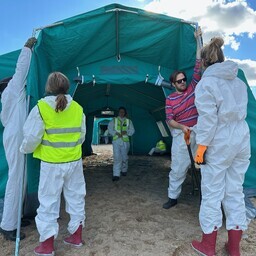In 2023, the Estonian Fund for Nature (ELF) received over 1.2 million euros in grants and donations. The majority of this funding came from public sources. ELF received money both from the Estonian state budget and the European Union.
The largest contributor was the Environmental Investment Centre (KIK). KIK provided ELF with 171,549 euros. KIK funds projects using revenues from environmental charges, carbon quota sales, and state budget funds. This means that part of ELF's funding indirectly came from Estonian taxpayers.
In addition to KIK, ELF received 45,080 euros from other state support channels. These funds were also linked to the Estonian state budget.
ELF received significant funding from European Union funds. The largest grant came from the LIFE Programme, which provided 152,377 euros. Other EU funds contributed an additional 291,294 euros. In total, nearly half a million euros came from the EU.
In 2024, ELF recorded a loss of 17,316 euros. By the end of the year, the total assets of ELF amounted to 1.21 million euros. ELF employed 35 people, with their total salaries amounting to 857,763 euros.
The Estonian Fund for Nature was established in 1991. It is a non-profit and independent organization. ELF works to protect Estonia's nature.
The fund focuses on the conservation of forests, wetlands, and marine areas. They also organize nature camps. For example, the "Frogs on the Road" project was carried out, during which 24,347 amphibians were saved across Estonia.
ELF has challenged large industrial projects in court. Recently, this included VKG's planned cellulose factory in Ida-Viru County.

